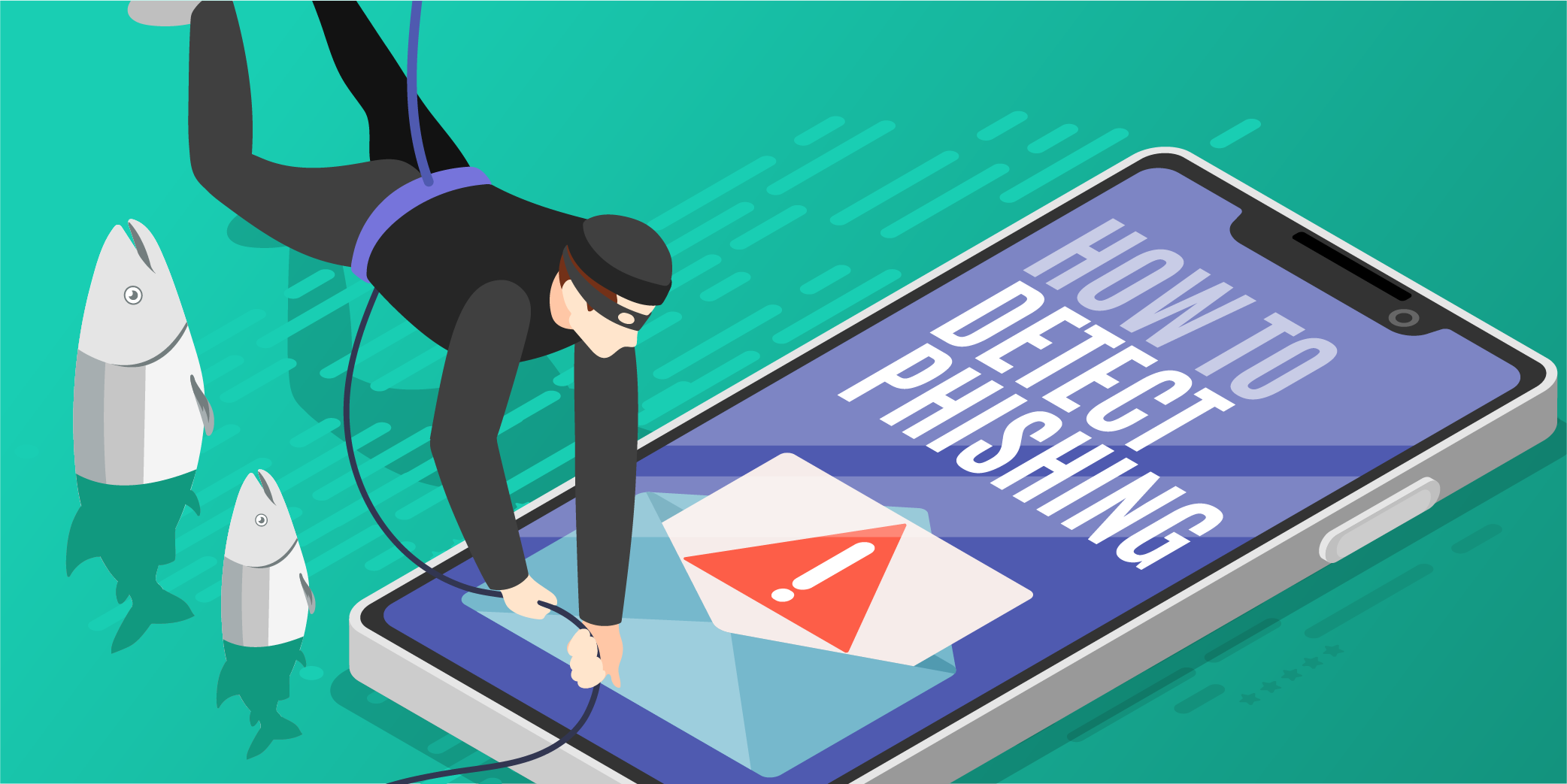What does online fraud mean to you?
If you are an online retailer, the chances are the fraud you encounter is in the form of chargebacks. According to the Merchant Fraud Journal, in 2019, merchants spent up to 23% of their operational budget dealing with fraud and chargeback management. (If you don't know what a chargeback is - read here.) With every cloud, there is a silver lining. If you rise above the cloud of fraud, you can get ahead of the competition.

From friendly-fire fraud to cyber attacks
There are various levels of criminal activity that effect online businesses. Some are even referred to as "friendly fire" showing us that fraud is so widespread and normalised that low level crimes by individuals are sometimes ignored. At the extreme end of the fraud scale are cyberbot attacks, accessing millions of online accounts and operating at a massive scale.
Fraud is international, non-discriminatory, and it is hard to beat. Dealing with online fraud can be a very lonely journey for a retailer.
Anti-fraud systems vary in method and effectiveness
Anti-fraud measures can seem piecemeal and confusing. There is no standard. For example, at the UK Internet Retailing show in May 2016, anti-fraud varied from complex systems that safeguard billion dollar industries with 700+ fraud detection measures per transaction, to payment systems that just had a white list and a block list and left anti-fraud to the gateway systems.
Online retail and online fraud evolve together
As retail systems get better at fraud screening, so fraudsters get better at getting around the new barriers. Developers get better at blocking scammers, multi-million dollar retailers invest in new systems, fraudsters move down the food chain to "smaller" retailers who are softer targets.
It helps fraudsters that we are all buying more stuff online. Transactions are multiplying exponentially. The market is growing and the rewards are growing too. The underlying fuel for fraud is stolen credit cards. Fraudsters need to hide behind stolen identities and stolen cards. It's easy to buy a stolen credit card - or a thousand stolen credit cards. Thieves can choose countries, gender, duration that card has been active, type of card... They can even choose which charity to support when they steal your card and become you for a while.
What is your fraud pain point?

Systems have been developed to combat fraud. They aren't free and they started where the big money is - high end online retail and gaming.
You need to work out what fraud costs you and how much you can spend in time, change processes and money in order to combat it. There will be a tolerance level where you accept a bit of fraud and take steps to block the rest.
What does chargeback fraud cost?
If you find it hard to measure chargeback fraud, this equation can help you.
LR = Lost revenue as a direct result of chargebacks
VT = Financial value of time spent dealing with fraud, meetings, process changes, customer services resource, dealing with banks etc. not to mention the time spent NOT doing other good stuff because you've got resources focused on fraud. Can you measure this?
OCR = Opportunity cost of revenue you lose because your only response is to get your gateway to set the anti-fraud barrier so high that good people get fed up trying to buy from you. What is the long term impact of would-be customers walking away? What does it cost to get them back? How much have you wasted attracting them in the first place, only to switch them off with heavy-handed shopping cart rules?
LR + VT + OCR = ?
How big the number is gives you the cost. So how much would you spend to get fraud to a level you can cope with? That is your fraud pain point. It gives you an idea of a budget to fight fraud.
Anti-fraud systems are changing
Right now, there are very few companies supplying affordable, effective anti-fraud services to the mass market.
So why are we writing about this? We've been blocking scammers for years. Our mission continues to be to provide software that is valuable and excellent. Future releases of our software will include more specialist software that enables our customers to leave scammer-blocking to us so they can get on with their business.
Read about Vistaprint's nightmare. It's a technical article but you don't need to be a developer to get the point.






